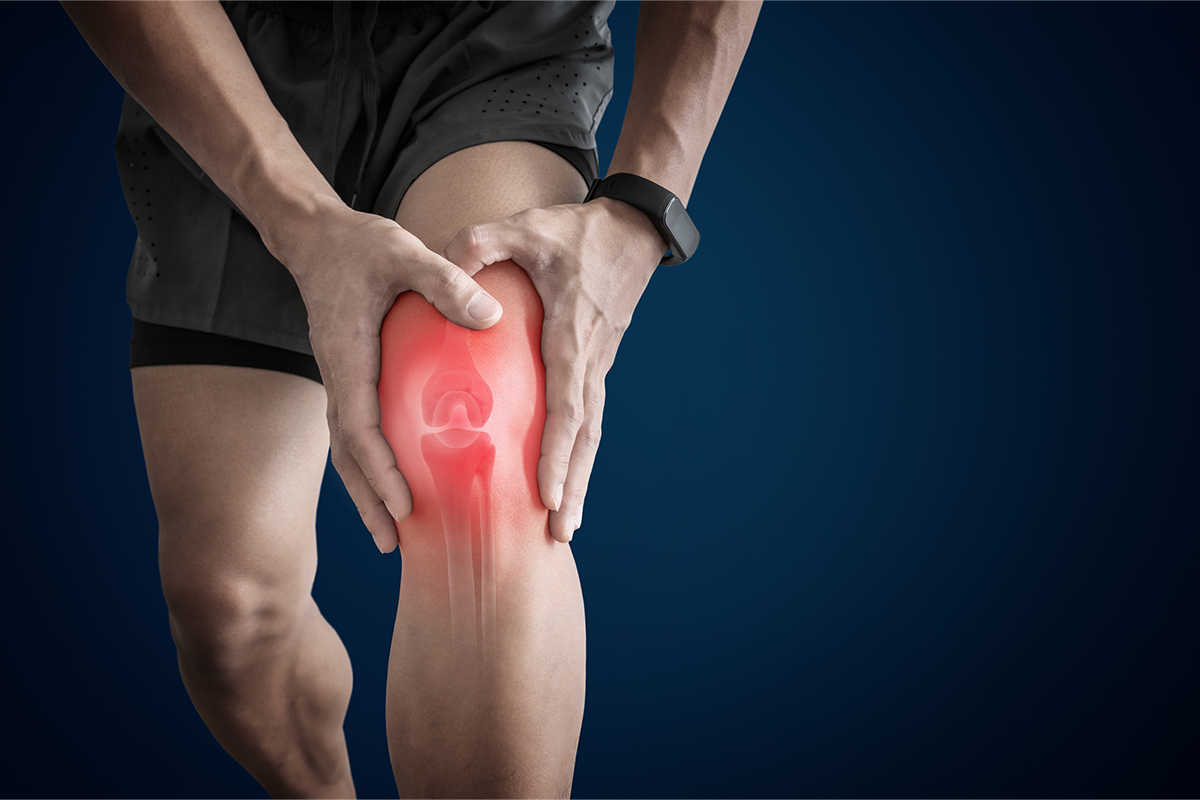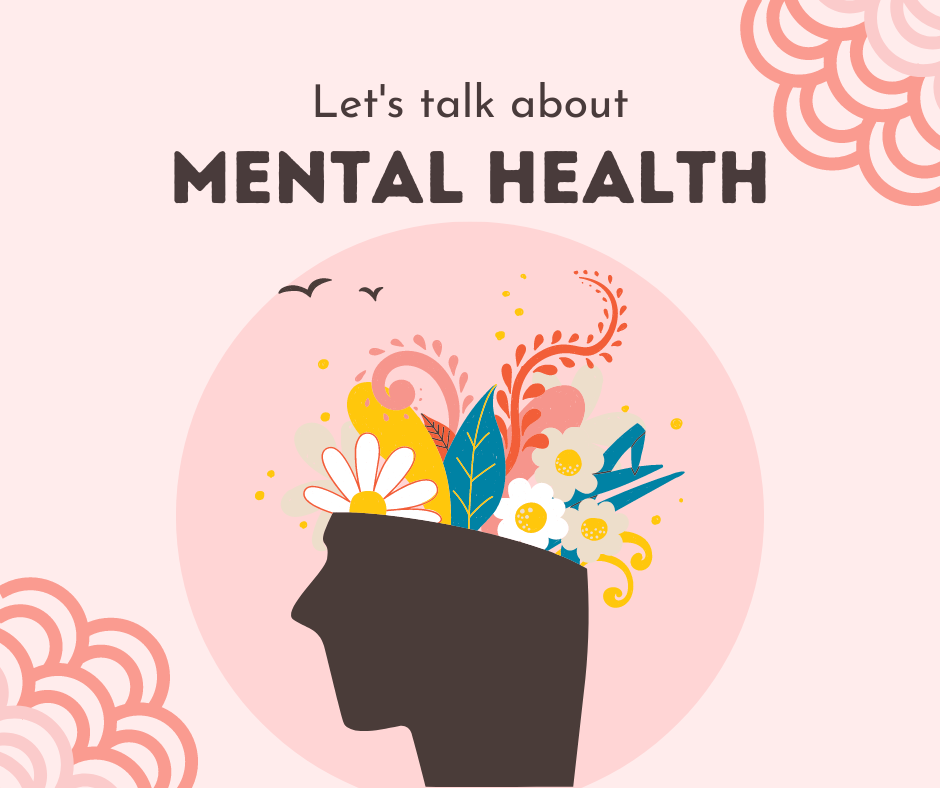I. Definition and Context
A. Definition
Hypotension, or low blood pressure, occurs when blood pressure readings are significantly lower than what is considered normal. This condition is typically defined by readings below 90/60 mm Hg. In contrast, the normal range for blood pressure is generally between 90/60 mmHg and 120/80 mmHg.
B. Context
Low blood pressure is not inherently harmful and can actually be beneficial unless it results in symptoms that affect an individual’s health. It is predominantly observed in older adults, although it can also manifest in younger, physically active individuals who exhibit no symptomatic concerns. Essentially, blood pressure represents the force exerted by circulating blood upon the walls of the body’s arteries. This vital measurement fluctuates in response to various physical demands, environmental factors, and health conditions.
II. Types of Low Blood Pressure
A. Absolute Hypotension
Absolute hypotension is characterized by a resting blood pressure that falls below 90/60 mm Hg.
B. Orthostatic (Postural) Hypotension
Orthostatic hypotension, also known as postural hypotension, occurs when blood pressure drops significantly upon standing up. This condition can also manifest after eating, referred to as postprandial orthostatic hypotension. It is commonly observed in older adults, individuals with high blood pressure, and those with Parkinson’s disease.
C. Neurally Mediated Hypotension (NMH)
Neurally mediated hypotension (NMH) primarily affects young adults and children. It is triggered by standing for extended periods. Children with this condition often outgrow it as they age.
D. Multiple System Atrophy with Orthostatic Hypotension (Shy-Drager Syndrome)
Multiple system atrophy with orthostatic hypotension, also known as Shy-Drager syndrome, is a rare disorder that affects the nervous system. This condition leads to high blood pressure when the individual is lying down.
III. Symptoms and Signs
A. Common Symptoms
- Dizziness or lightheadedness
- Fainting or syncope
- Blurry or fading vision
- Nausea or vomiting
- Fatigue or weakness
- Confusion or trouble concentrating
- Rapid, shallow breathing
- Heart palpitations (fluttering or irregular heartbeat)
- Sleepiness
- Agitation or unusual behavior changes
B. Severe Symptoms (Shock)
- Confusion, especially in older adults
- Cold, clammy skin
- Pallor (pale skin)
- Rapid, shallow breathing
- Weak and rapid pulse
- Low urine output
IV. Causes of Low Blood Pressure
A. General Causes
- Dehydration
- Severe blood loss (trauma or internal bleeding)
- Severe infection (sepsis)
- Heart attack or heart failure
- Severe allergic reaction (anaphylaxis)
- Prolonged bed rest or standing
- Central nervous system diseases (e.g., Parkinson’s disease)
- Nerve damage from diabetes or other disorders
- Changes in heart rhythm (arrhythmias)
- Nutritional deficiencies (lack of vitamins B-12 and folic acid)
B. Medication and Substance Causes
- Alcohol
- Anti-anxiety medicines
- Certain antidepressants
- Diuretics
- Heart medicines (including those for high blood pressure and coronary heart disease)
- Medicines used for surgery
- Painkillers
- Narcotics
- Erectile dysfunction drugs (especially with nitroglycerine)
C. Specific Situations
- Pregnancy (especially first and second trimesters)
- Extreme temperatures (hot or cold)
- Eating (postprandial hypotension)
V. Diagnosis and Tests
A. Initial Examination
- Check vital signs: temperature, pulse, breathing rate, and blood pressure.
B. Questions from Provider
- Normal blood pressure
- Current medications
- Eating and drinking habits
- Recent illness, accident, or injury
- Other symptoms
- Instances of fainting or dizziness when standing
C. Tests
- Basic metabolic panel
- Blood cultures for infection
- Complete blood count (CBC)
- Electrocardiogram (ECG)
- Urinalysis
- X-rays (abdomen and chest)
- Imaging tests: CT scans, MRI, echocardiogram
- Diagnostic tests: exercise stress testing, tilt table test
VI. Treatment and Management
A. Immediate Action for Symptoms
- Sit or lie down and elevate feet above heart level.
B. Severe Hypotension (Shock)
- IV fluids or blood transfusions
- Medicines to increase blood pressure and heart strength
- Antibiotics for infections
C. Postural Hypotension
- Adjust medication dosage
- Increase fluid intake
- Wear compression stockings
- Increase salt intake (with provider guidance)
D. Neurally Mediated Hypotension (NMH)
- Avoid standing for long periods
- Increase fluid and salt intake
- Medications may be prescribed in severe cases
E. General Management
- Drink more fluids
- Avoid alcohol
- Get up slowly after sitting or lying down
- Follow dietary recommendations
- Use compression stockings
VII. Prevention and Outlook
A. Prevention
- Avoid circumstances or actions leading to hypotension (e.g., certain drugs or supplements).
- Drink water and moderate alcohol intake.
- Prevent falls by avoiding rapid positional changes and sitting down when dizzy.
B. Outlook
- Hypotension is usually treatable.
- Asymptomatic hypotension is not typically harmful.
- Symptomatic hypotension can affect daily activities and needs to be managed.
VIII. Complications
A. Falls and Injuries
- Risk of serious injuries like broken hips or spine fractures.
B. Organ Damage
- Reduced blood flow causing damage to heart, brain, and other organs.
C. Heart Problems or Stroke
- Overcompensation by the heart causing damage, deep vein thrombosis (DVT), or stroke.
IX. When to Seek Medical Help
A. Emergency
- Unconsciousness, severe symptoms, or chest pain; call 911 or perform CPR if necessary.
B. Urgent Symptoms
- Black or maroon stools
- Chest pain
- Persistent dizziness or fainting
- High fever
- Irregular heartbeat
- Shortness of breath
X. Living With Hypotension
A. Self-care Tips
- Follow healthcare provider’s guidance
- Manage diet and medication
- Use compression socks
- Avoid rapid positional changes
- Sit down if feeling dizzy



